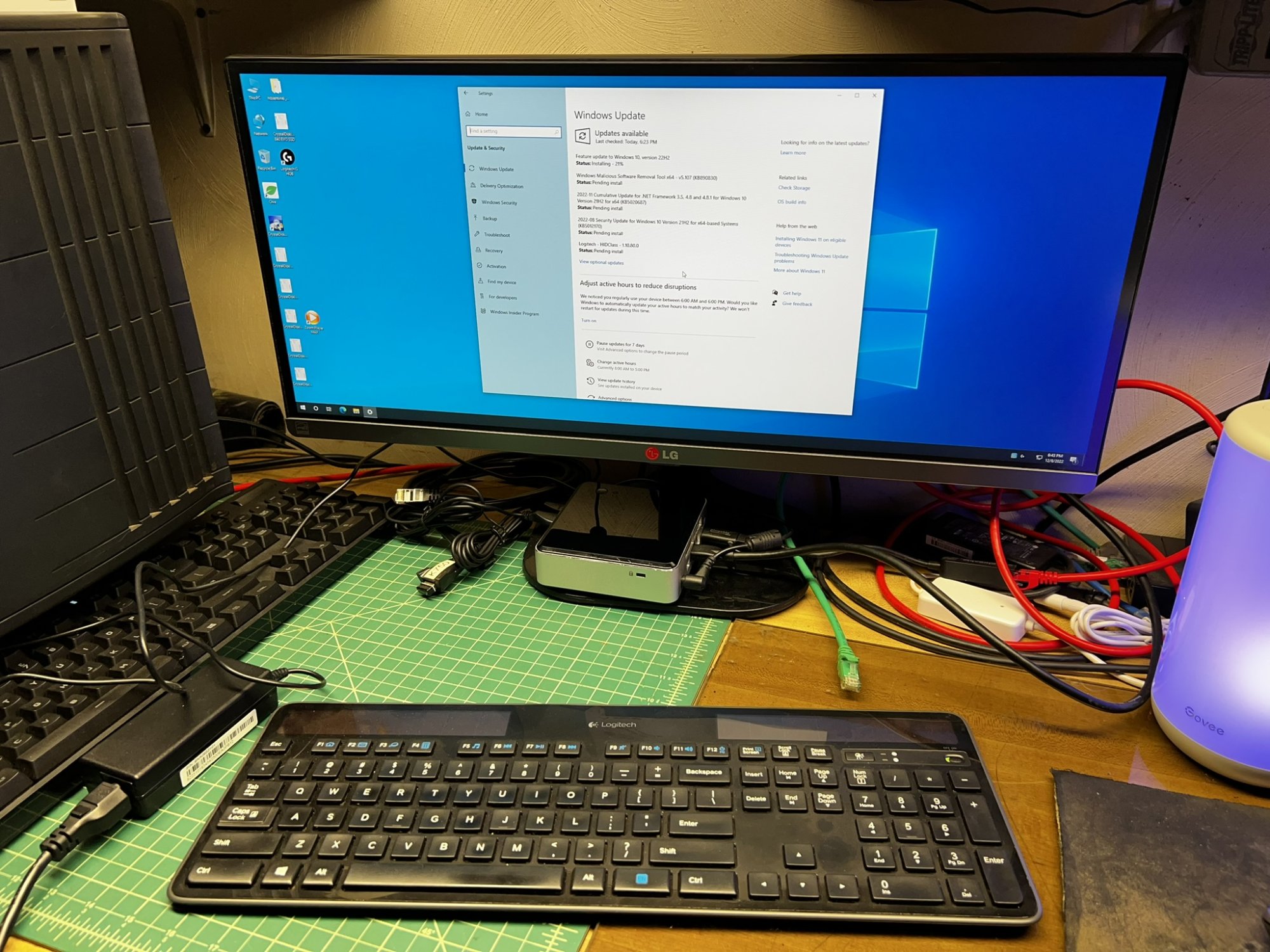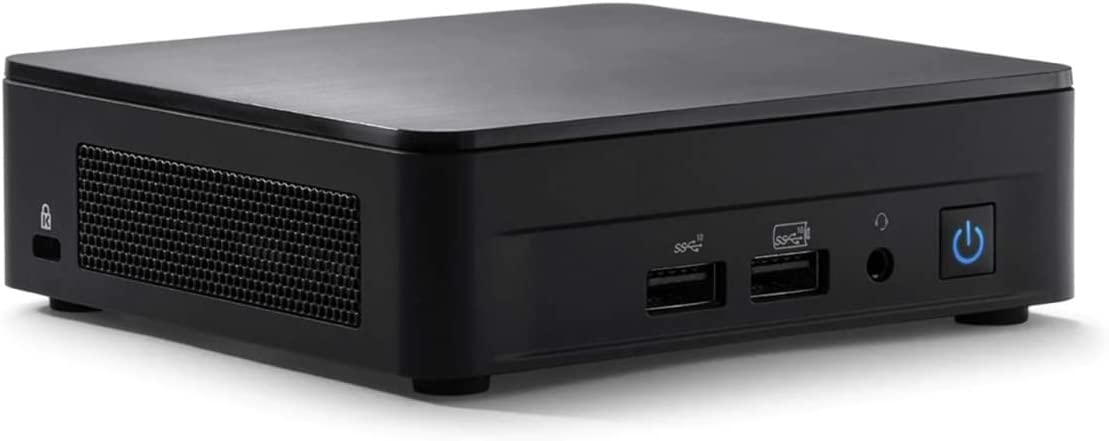https://ark.intel.com/content/www/us/en/ark/products/229782/intel-nuc-13-extreme-kit-nuc13rngi9.html
https://www.intel.ca/content/www/ca/en/products/docs/boards-kits/nuc/mini-pcs/nuc-13-extreme.html
https://www.anandtech.com/show/1764...on-review-sizzling-sff-performance-powerhouse
How do you think it could be modded to fit a 4090... Cause that would be sick!
https://www.intel.ca/content/www/ca/en/products/docs/boards-kits/nuc/mini-pcs/nuc-13-extreme.html
https://www.anandtech.com/show/1764...on-review-sizzling-sff-performance-powerhouse
How do you think it could be modded to fit a 4090... Cause that would be sick!
![[H]ard|Forum](/styles/hardforum/xenforo/logo_dark.png)



